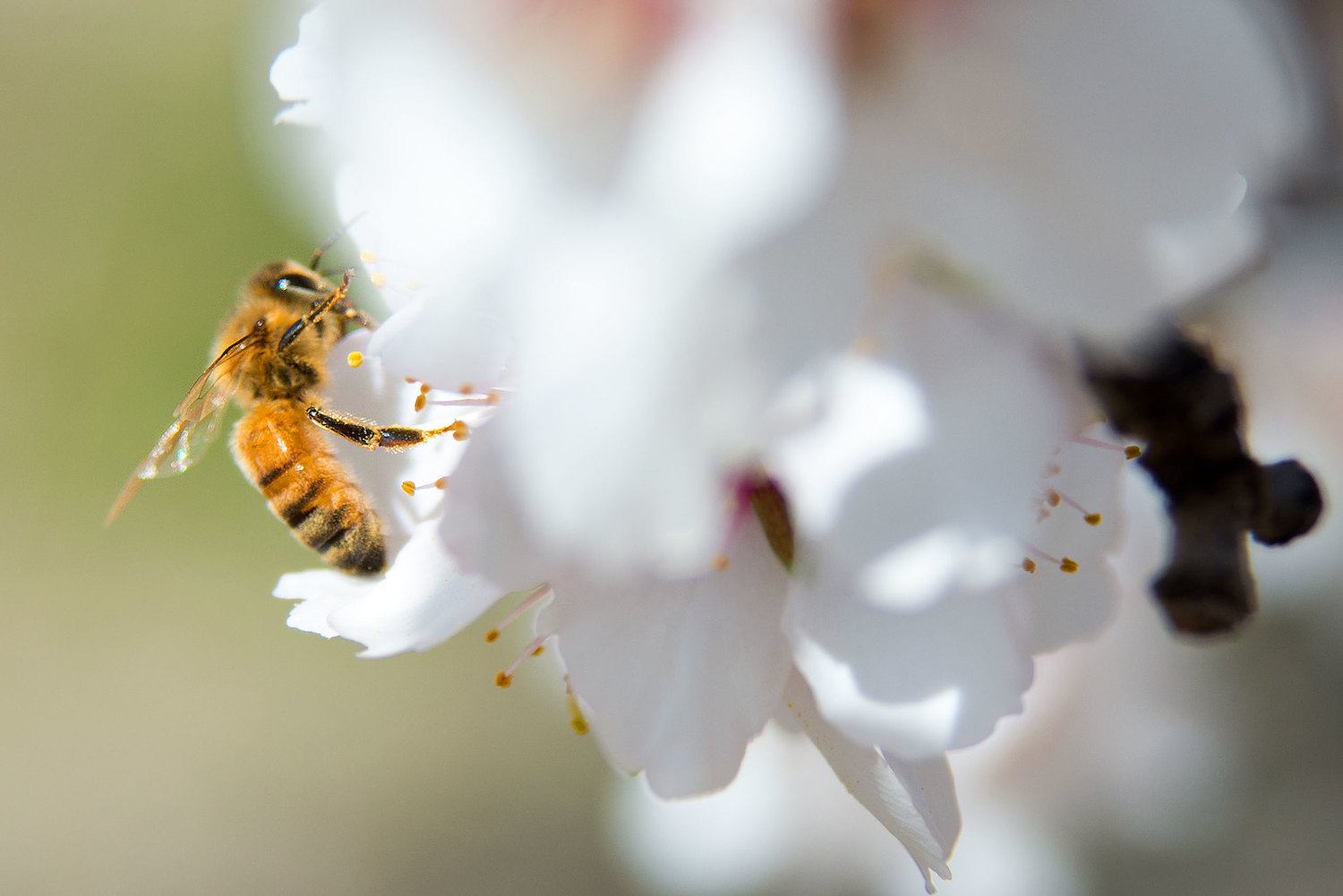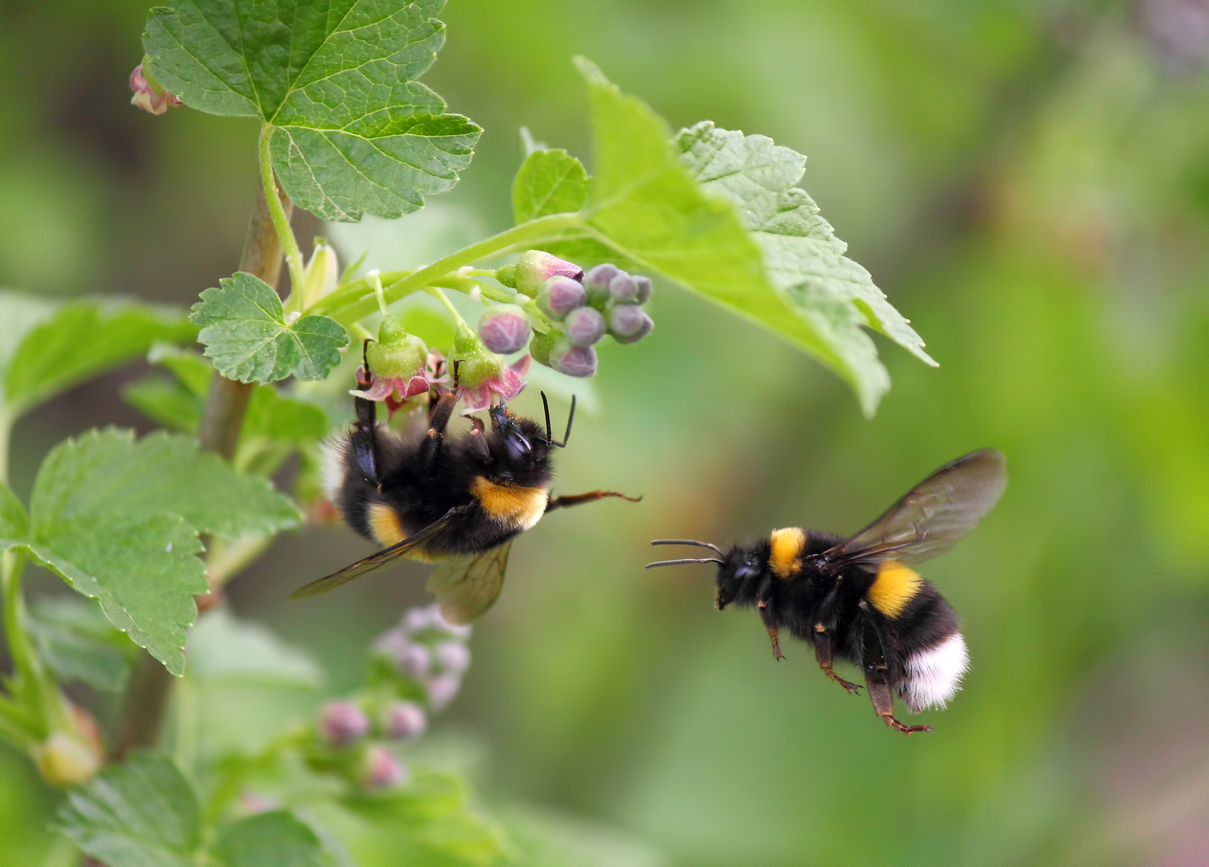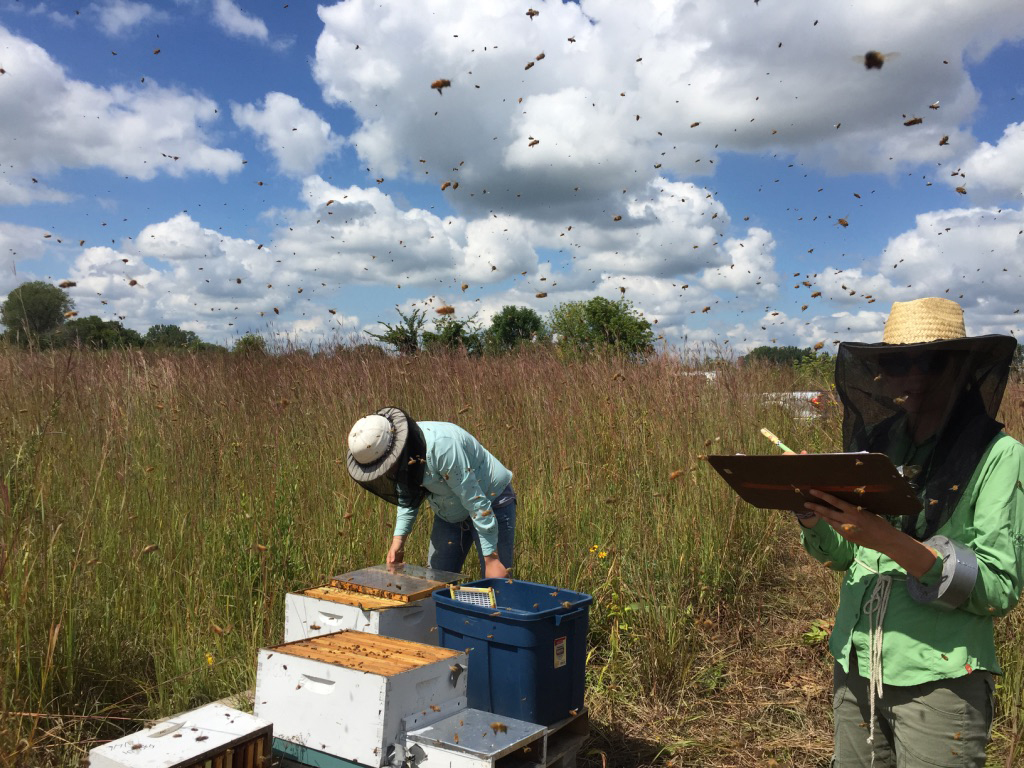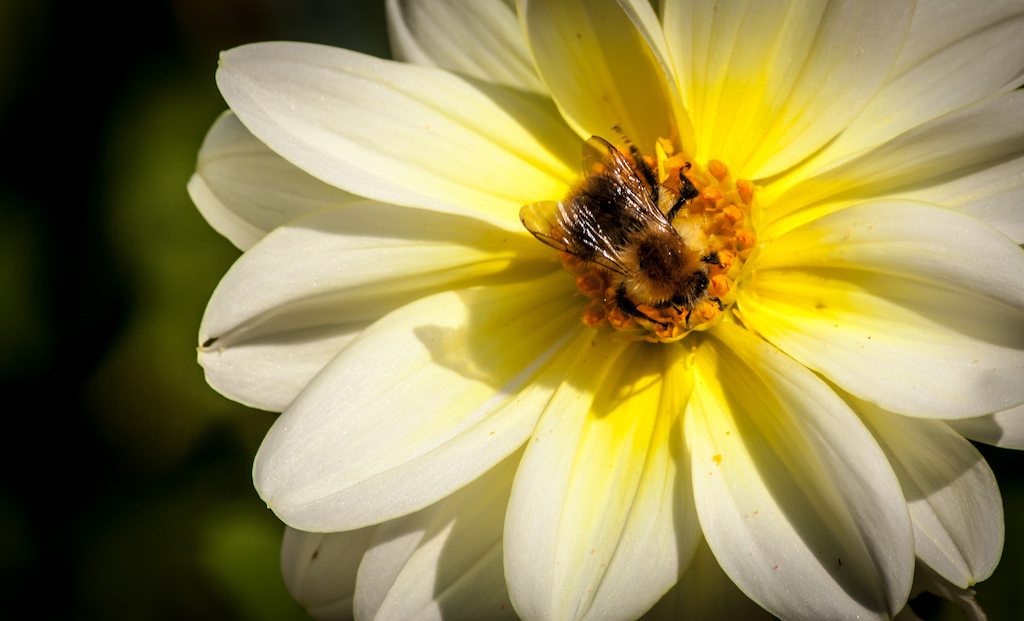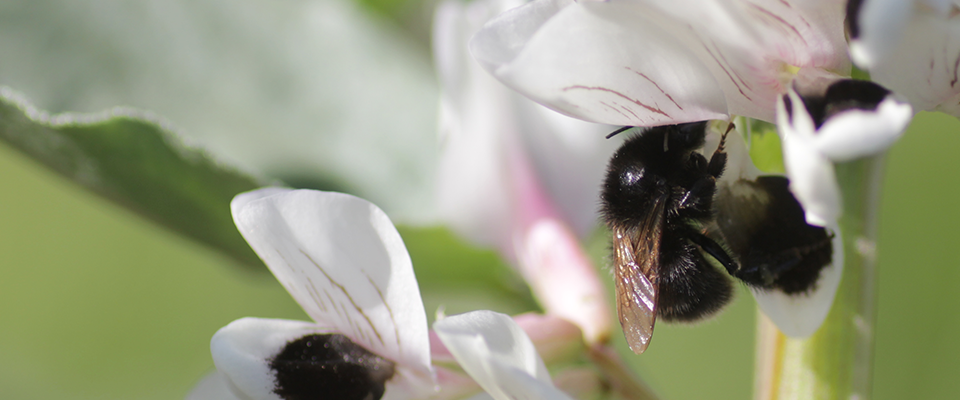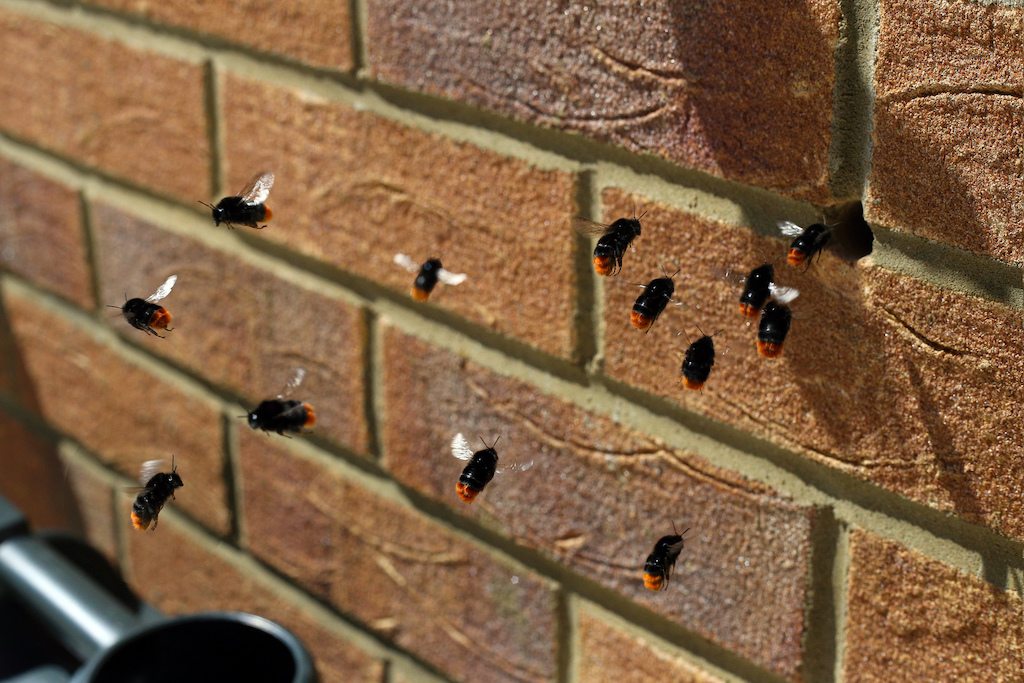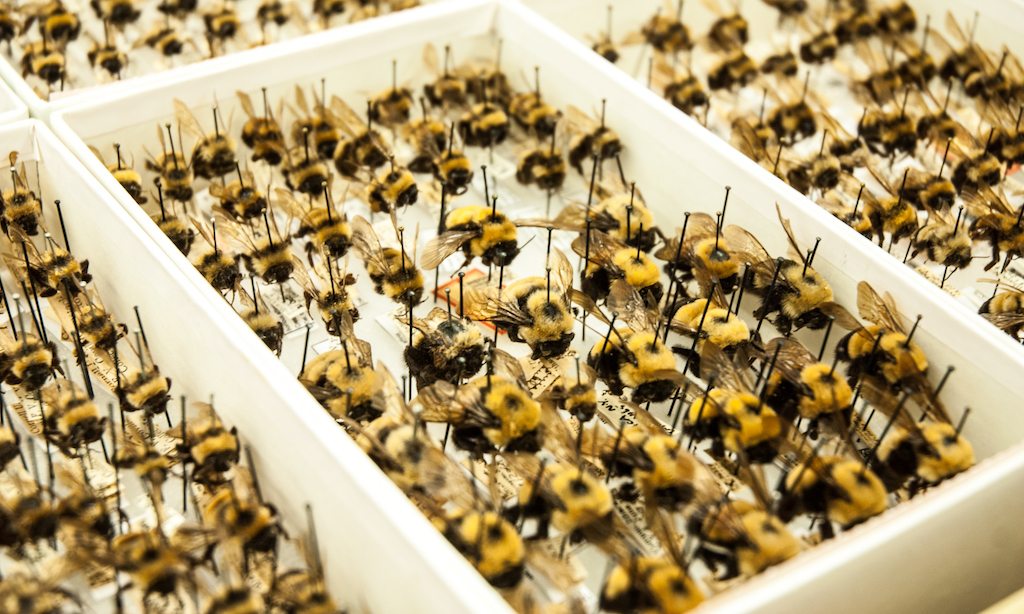The movement to save honeybees with backyard hives is actually harming native bee species.
About 15 years ago, amid buzz that honeybees were dying in large numbers due to colony collapse disorder and other maladies, a “save the bees” movement emerged and encouraged us to turn backyards into habitats, complete with native plants, pollinator gardens, and hives. Writer Tove Danovich joined in with backyard hives of her own, but she slowly came to a realization: “Not only are honeybees not in need of saving,” she wrote for Grid, but backyard hives “could be causing problems for the native pollinators who are.” While some native bee species have gone extinct, there are currently more honeybees—most of which were introduced from Africa, Asia, and Europe—than ever. A 2019 study showed that honeybees monopolize nectar resources, which can disrupt established relationships between other pollinators and plants. In these instances, honeybees were usually worse pollinators than the native species they displaced. Research has also found transferring honeybees long distances actually spreads diseases to native bee species. As conservationist Scott Hoffman Black told Danovich, “Protecting pollinators by getting a honeybee hive is like trying to protect birds by getting chickens.” —Tina Vasquez
